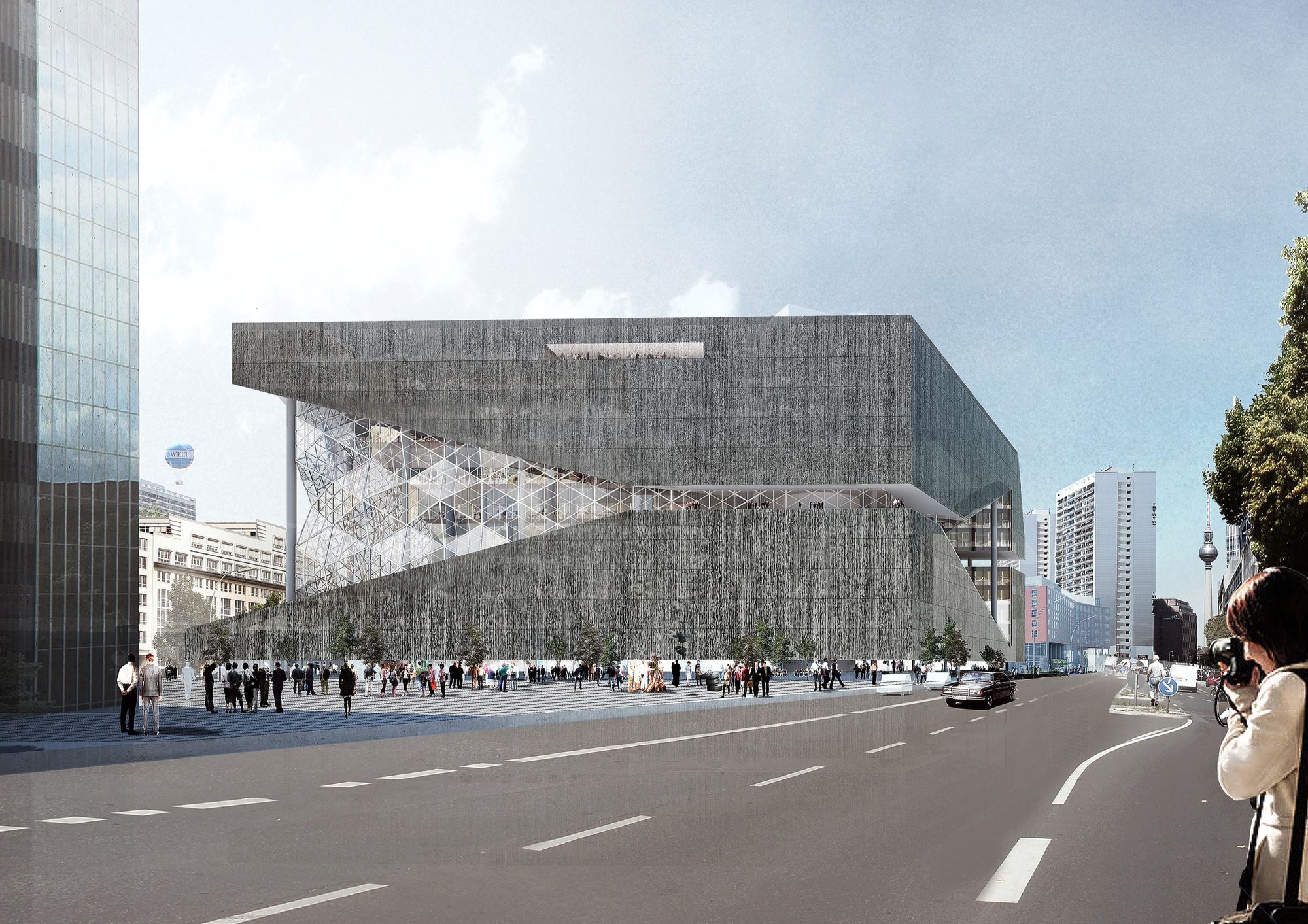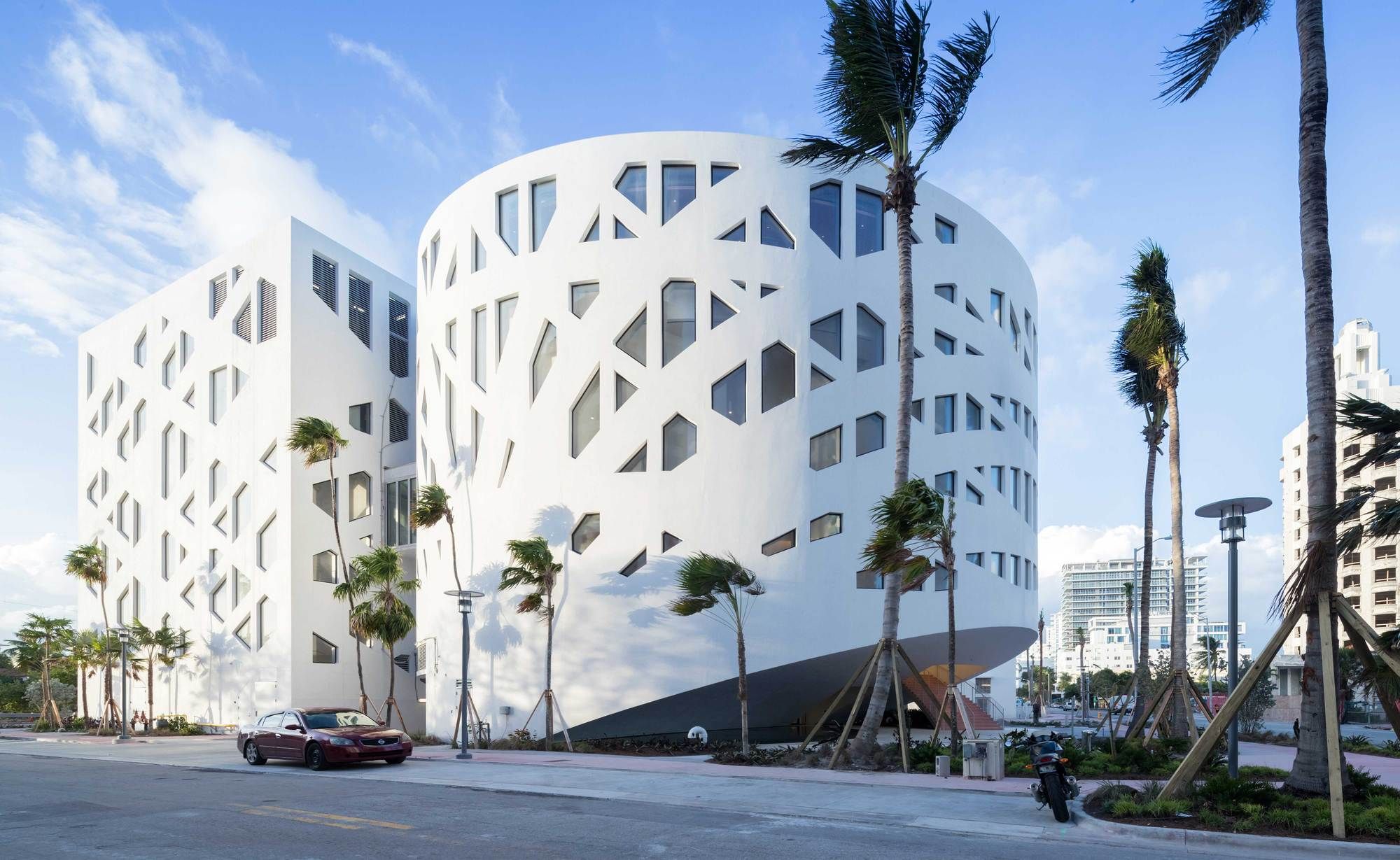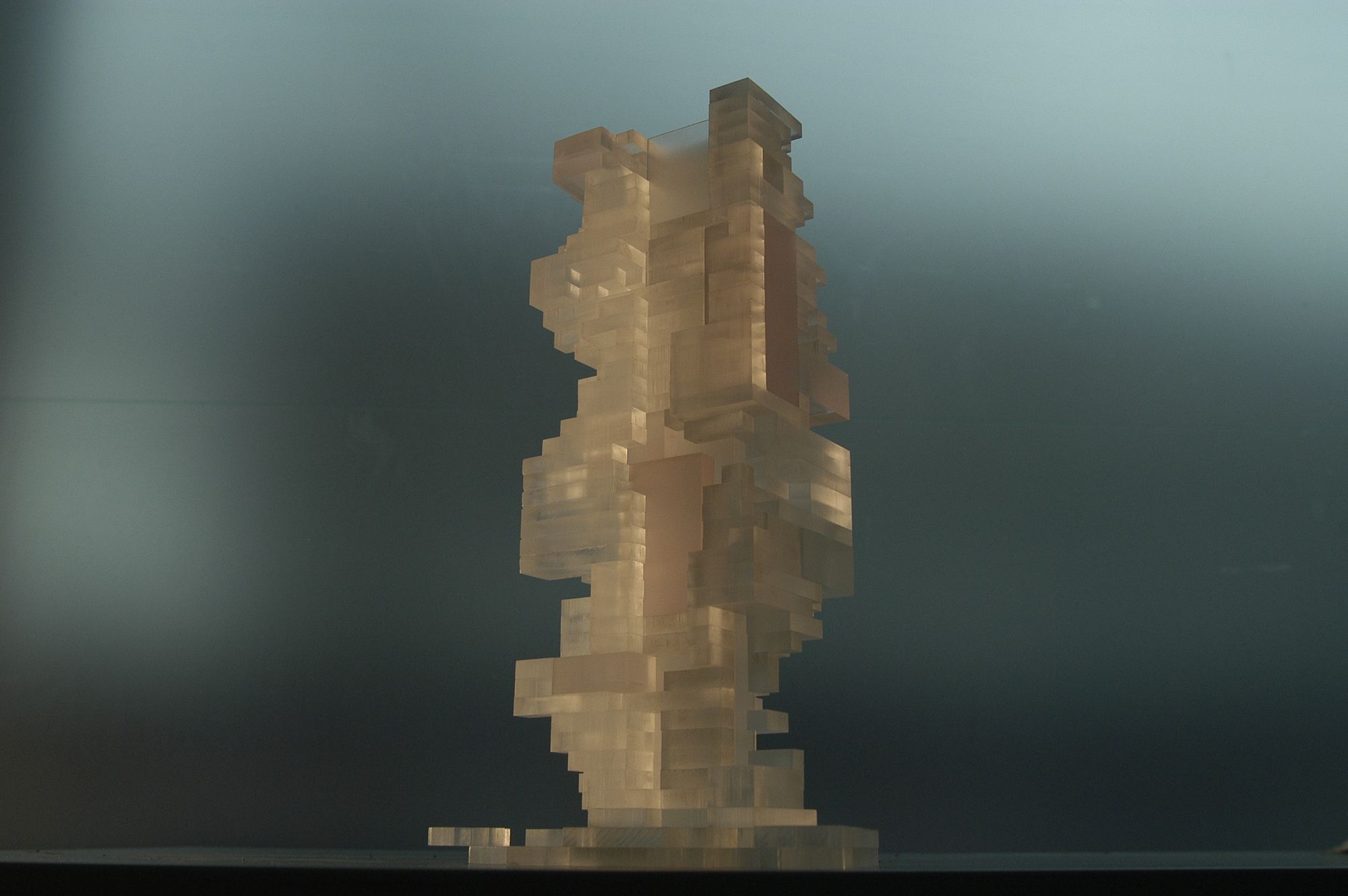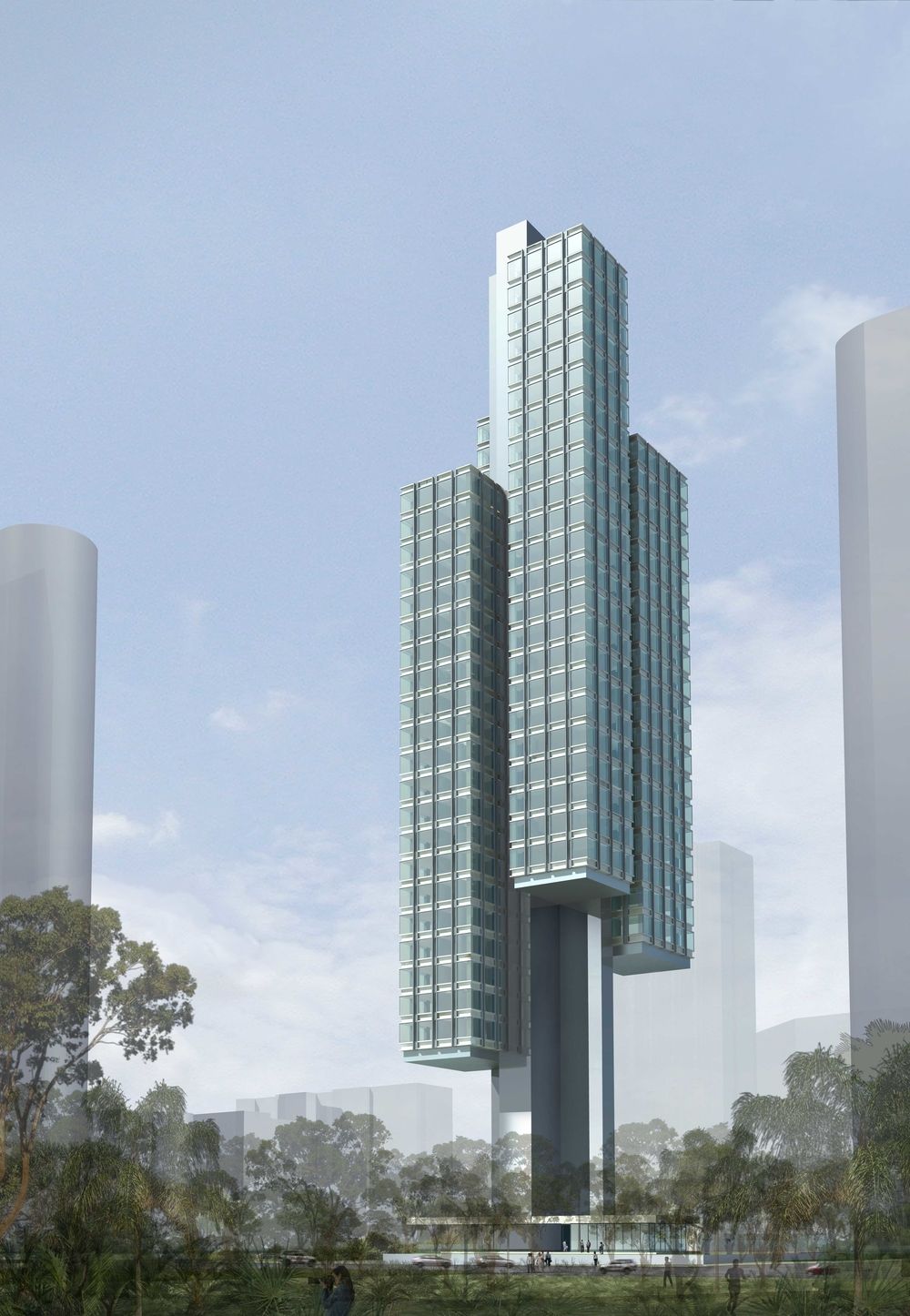“I hate being an architect. I actually hate architects.” Rem Koolhaas
Rem Koolhaas: The man is not ordinary, you realize as soon as you glimpse the piercing eyes, the arched high-brows, and the firm jaw on a rebelling countenance. Even from the pictures, you can discern the aura that distinguishes, and when you look at Rem Koolhaas’s works, you know you were not wrong in thinking this. His art, his words, and his vision – there are so many reasons that drive us to revere Rem Koolhaas!
Why is Rem Koolhaas important?
Rem Koolhaas, who hates to call himself an architect is one of the elite corps of starchitects whose celebrity and critical acclaim have transformed them into idols of the architecture world, and may even have given them some degree of fame amongst the general public. To take a peek inside the mind of Remnant Koolhaas, would be to discover an inquisitive nature set against the common conventions with a different outlook towards life and he has interesting facts about his controversial personality that might be the reasons behind his success.
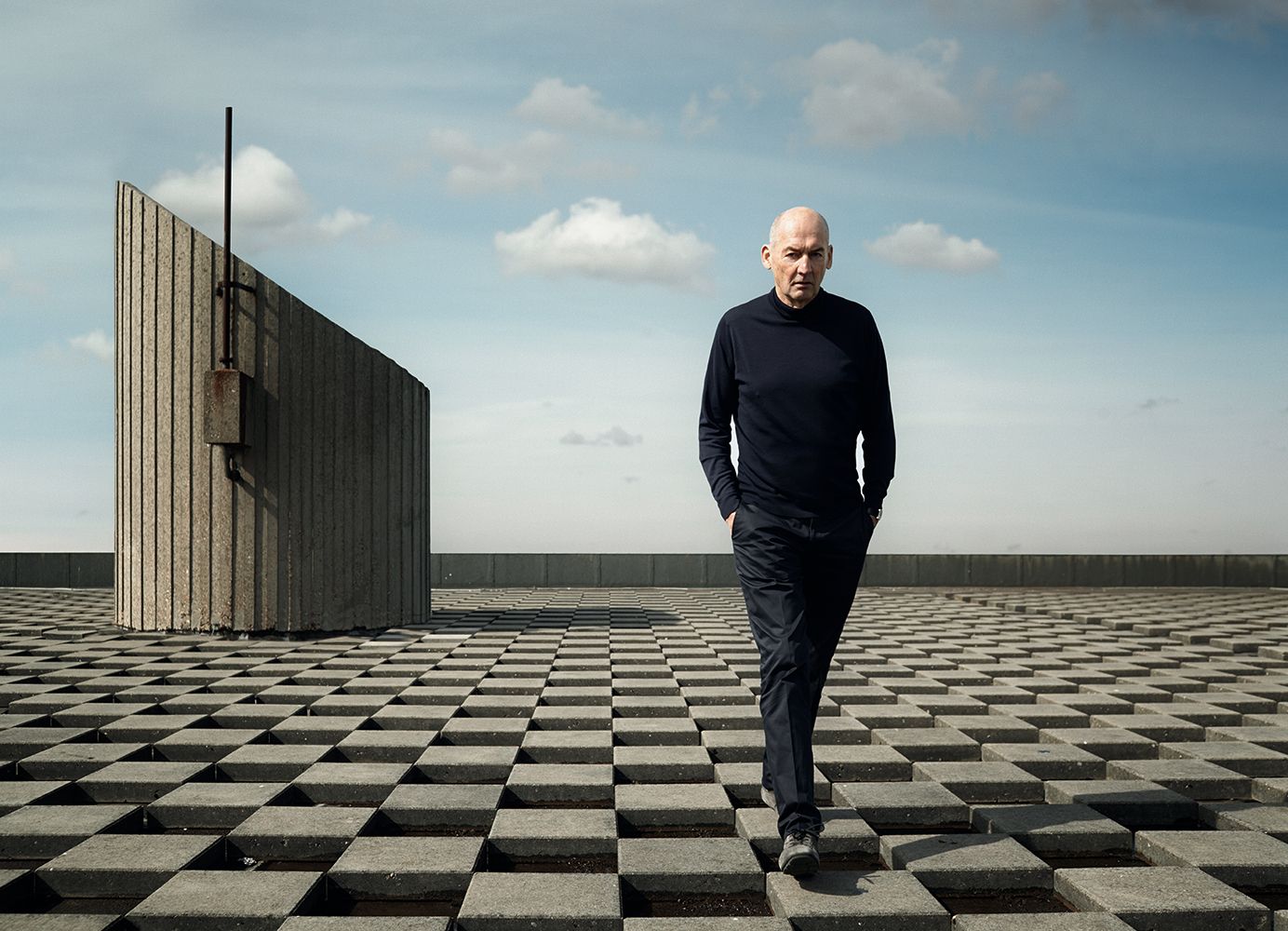
Courtesy of Ralph Mecke
Who founded OMA?
A brief introduction of Koolhaas would include him being the Chief Architect of the Dutch firm OMA at 70, winner of the Pritzker Prize, and the Rem Koolhaas projects like the Seattle Public Library, Euralille, Kunsthal, and many more. Often surrounded by controversies for his unconventional ideas and concepts, his work has been deeply criticized and has been called a masterpiece as well. Rem Koolhaas was also in the 2008 Time’s list of the top 100 of the world’s most influential people.
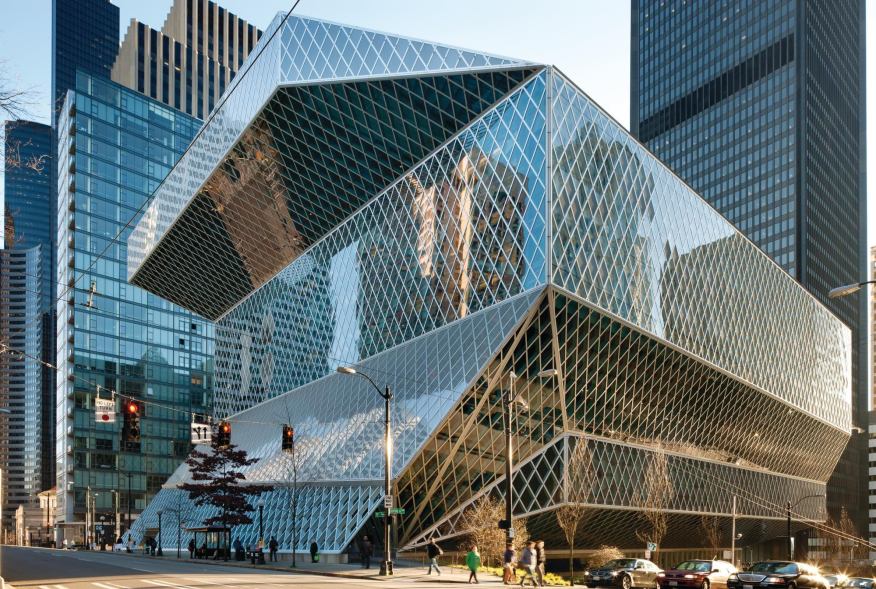
© Lara Swimmer
What is OMA known for?
what is OMA architecture? It is the Office of Metropolitan Architecture which is a Dutch architectural firm based in Rotterdam.
what are the lessons that we can learn from Rem Koolhaas?
1. Never Compromise with your Design
“The unbuilt is the fantasy that underlies everything.” – Wired, June 2000
This might seem like an obvious thing to some of us, but there are actually very few Architects who do not modify their work and way of thought in order to land a good commission. While this might be good for filling your pockets, it will not grant you the satisfaction and be akin to cheating with your own design. Further, if you ever want to have a name in this industry, you will have to set an identity that is yours and not like every other designer you come across. Rem Koolhaas has been uncompromising and a vast number of his projects have gone unbuilt.
2. Challenge Conventions
“We are surrounded by crisis-mongers who see the city in terms of decline. I kind of automatically embrace the change. Then I try to find ways in which change can be mobilized to strengthen the original identity. It’s a weird combination of having faith and having no faith.” – Smithsonian Mag, September 2012
Change is evident in everything, one needs to embrace it. This change should reflect in our designs as well, unlike the conventional way of thought. One should not forget his identity but learn to evolve with time.
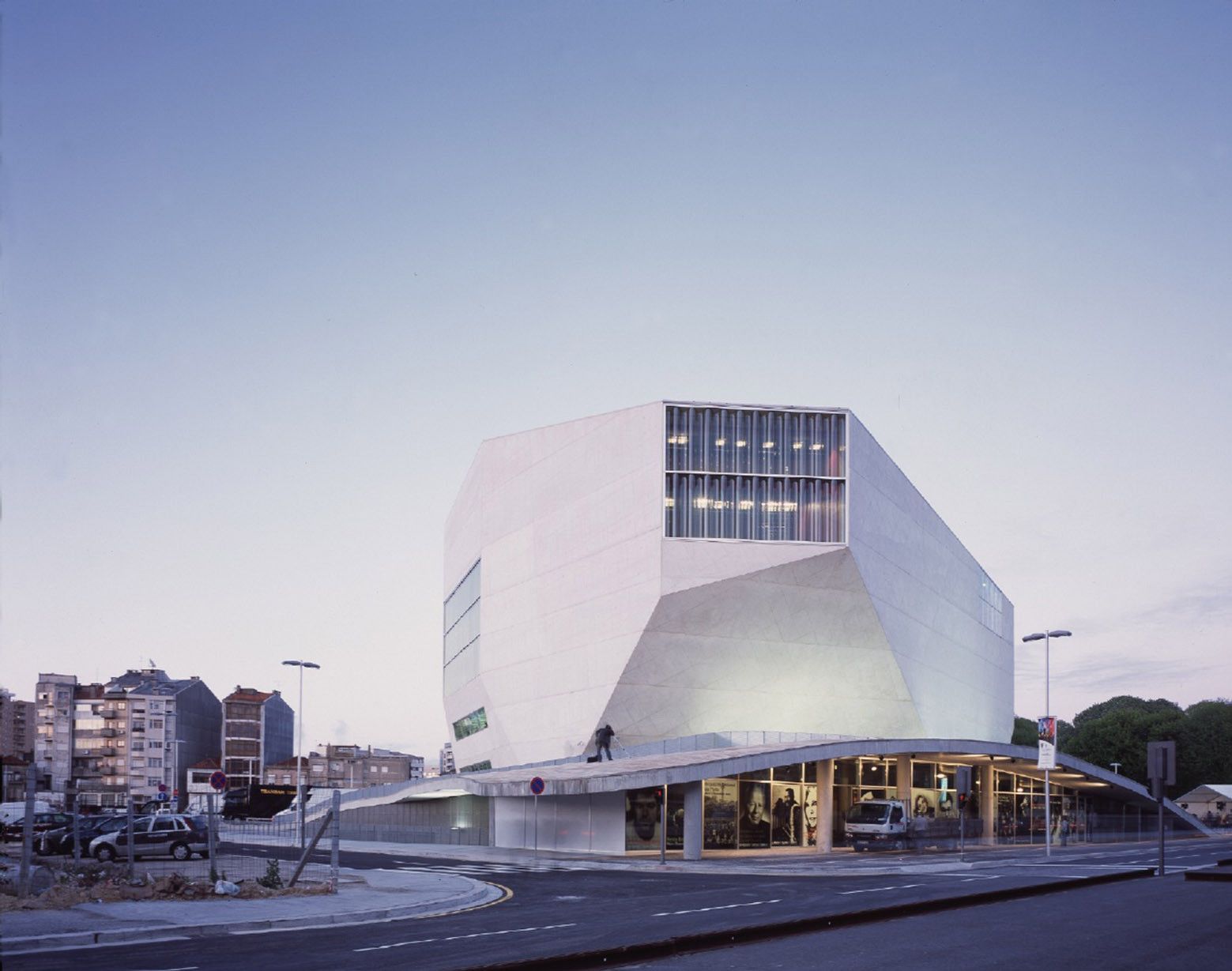
3. Go For Competitions
Koolhaas is known to enter a lot of competitions. It is a process of developing through your own endeavors, according to him. They have the added benefit of freedom to express with no client to satisfy. He does not care if this costs him money, economic issues have never really bothered him.
4. Present your thoughts to the World
“The writing of ‘Delirious New York’ was famous before Rem’s architecture, and it was better than his architecture,” says the British architect and critic Charles Jencks. “His architecture has caught up with it.”
Communication is a necessary tool for a thinker, a designer. People will understand your work more and even learn to appreciate your creative instincts if you explain your thoughts to them. Any medium for communication can be chosen for the purpose. Koolhaas has been known to write half a dozen books on a variety of topics while traveling around the world. What is an idea if not worth spreading, anyway?
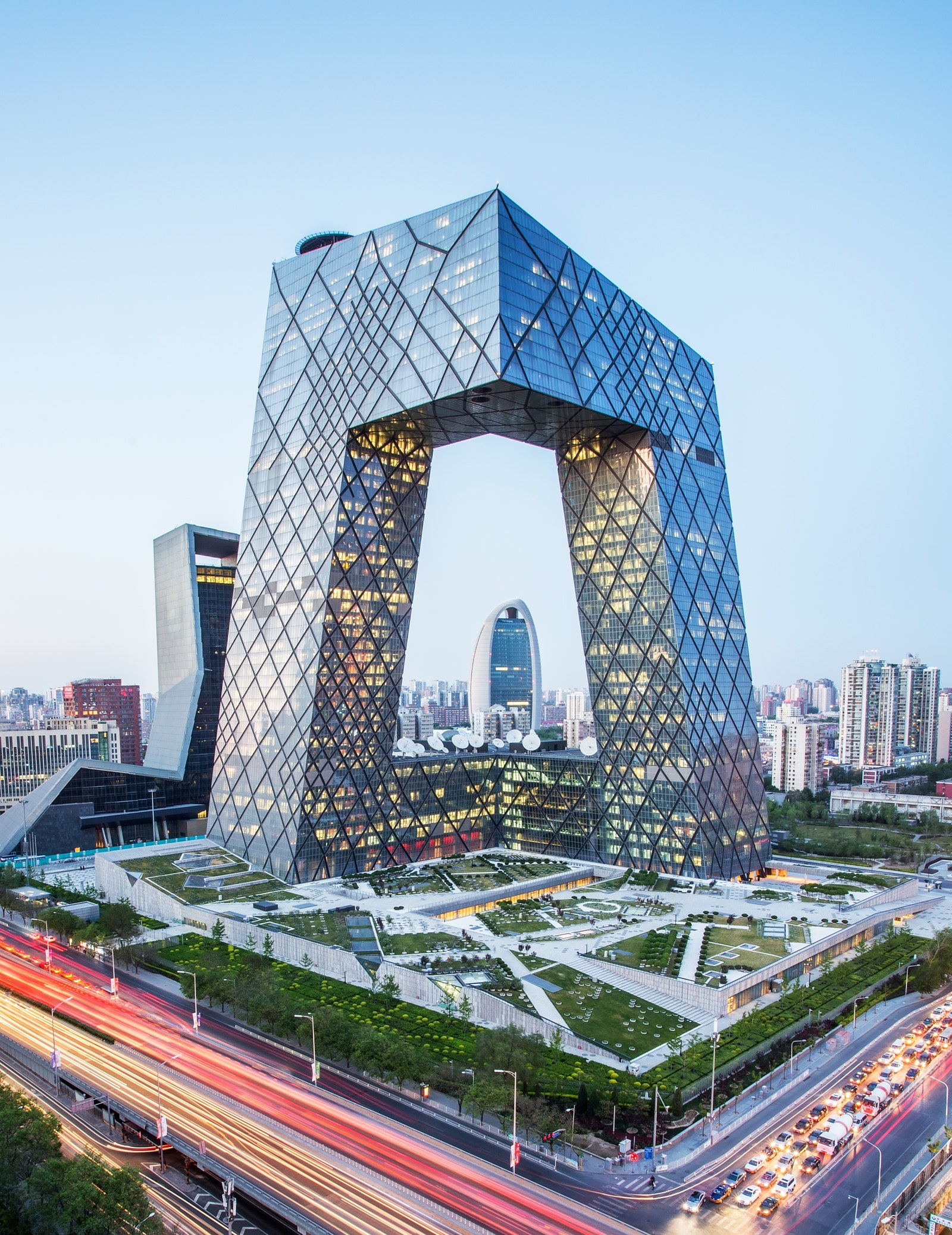
Courtesy of DuKai, Getty Images
5. Be the master of your craft
You should be aware of your own chosen field, your own perceptions should be clear. Then and only then can you truly know your craft and manifest your ideas to the world the way you want. This is something that comes with experience, but, nevertheless should be worked for.
6. Be original
As rudimentary as that sounds, we are all well aware that is not generally the case. People browse through magazines, internet in search of ideas and sometimes end up copying them. Like Koolhaas, one should have an individual outlook towards life and concepts should be derived from that. This adds a personal touch to your design that only you can create.
7. Spatial Planning
Koolhaas’ workflows in a subtle interplay of spaces. The spaces are well defined and yet, flowing gently into each other, as if in a perfect sequence, as they should exactly be. This provides an ambiance to his works missing in many of today’s architecture. A visitor is visually drawn and emotionally connected to his designs.
8. Learn and Developing eternally
Koolhaas was influenced by all that happened around him as a kid and as he grew up. Becoming who he is now, was a process influenced by his father, who wrote realist novels. Being born into the allied bombardment phase of World War II, in Rotterdam, playing among the rubbles of blown-up buildings and growing up in a post-war reconstruction era, brought him closer to architecture and shaped his views. His time in Jakarta and later on his stint with Surrealist writers would add to his personality. He learned from experience, from what he saw and that thought is ever-present in his works lending them a Koolhaas-aura.
9. Be a visionary
Vision is the starting point for a designer. If you cannot envision what you want, you are no good as a designer. To be a visionary means not only that, it means to be able to see what others cannot, a potential hidden away in the folds of time perhaps or never utilized. Space is raw food for an architect, he can cook it any way he wants. Koolhaas can, by all means, boast to have an exemplary vision, his book, ‘Delirious’, confirms that. The book is about the 1970s New York City, which was a decaying spiral back then, but not for Koolhaas. To him, it was a perfect setting, an urban paradise.
10. Acceptance
Last of all comes Acceptance. All the ideas and concepts are good, but eventually, you have to set it all in reality. For that accepting certain eventualities is important. Idealism needs to be in sync with realism. Koolhaas’ projects demonstrate that aptly. They have been said to lie just at the brink of both worlds. To balance them together is most certainly an art and something worth learning from.
By: Antara Jha



